Your design looks pretty good.
The 10kΩ resistor is a good touch for pulling the gate high during startup.
I'd swap the 0.1uF out for a 0603 35V 4.7uF or 10uF ceramic cap. That'll have nice and low inductance, plenty of effective capacitance at the 12V bias, and the cost bump is miniscule. (And honestly, there's rarely a reason to go with 0.1uF for decoupling anything low voltage these days, unless you're penny pinching for large scale production - large capacitance MLCCs in 0402 and 0603 have become absurdly cheap and abundant.)
Follow good placement practices for the decoupling cap on your PCB - you want as short a loop as possible between the capacitor and the TC4429's power pins. Keep that PDN inductance low!
An electrolytic bulk decoupling cap (220uF 50V, or 330uF 35V) would be a good idea, too, if the leads to your power supply aren't short. With 12V worth of DC bias derating they should give you enough capacitance to maintain a <1V droop for at least 100us, which should be more than enough to compensate for some stray inductance in the power leads. The ripple current is low enough that you shouldn't have to opt for any fancy low-ESR/DF caps here.
Your MOSFET has a nice low gate capacitance and dynamic parameters, so you should be able to get up to around 10kHz 10-bit PWM at the upper limits. 8-bit will be fine. Remember that the shortest pulse length is the period at the frequency divided by \$2^n\$ for n-bit PWM, so at 10kHz you're actually in the ~400ns pulse range with 8-bit, and the ~100ns range with 10-bit.
The only other thing I'd be doing here is adding a 6Ω resistor inline with the gate, and a 1.5Ω resistor and Schottky diode in parallel with it, for asymmetric drive current, like so:

simulate this circuit – Schematic created using CircuitLab
This allows higher gate drive current during switch-off, which helps eliminate the Miller parasitic self turn-on effect. The gate resistance will also moderate gate ringing. 6Ω is the value indicated in the datasheet for the dynamic timings, at a \$V_{gs}\$ of 10V, so it should get you just as good \$T_r\$ / \$T_f\$ with a 12V drive. You may get away without R2 and the Schottky, because it's typically only important in push-pull or H-bridge designs, where you might get shoot-through, but you'll definitely want R1 in series with the gate.
Make sure you design the board layout as compact as possible. Parasitic inductance is really the killer for these kinds of circuits. The path from the TC4429 output to the MOSFET input should be as short as possible. You also really want a good solid ground plane under your traces to provide a low impedance return current path.
Probably goes without saying, but you'll really want to be making a custom PCB for this. Stripboard doesn't give you a reference plane under your traces, TH parts have tons of stray inductance, and it's hard to route tightly on them. Breadboard is right out the window due to the current anyway, but it's no good even for a lower current prototype because breadboards are full of parasitic inductance and capacitance.
You could maybe simplify this design a little with low-side switching and an N-channel MOSFET, but you'd still need a proper gate driver anyway to achieve the necessary switching speed, so it'd be pretty similar. Since you've already picked out a good MOSFET and done the majority of the design work, I'd say it's not really worth it to redo everything.
Addendum: Having slept on it, I had another thought for a potential design improvement.
Your TC4429's decoupling cap is on the same rail as the load, so when there's a switch-on transient the load will try to pull from all local capacitance. If your layout is tight, the MLCC will be one of the lowest impedance sources of energy. It'll probably be fine, but what you could do is add a Schottky diode in series with the 12V rail that feeds the TC4429. This prevents back-feeding the load with the decoupling cap, so all the transient energy is pulled from bulk decoupling and the power source. Since a very short transient droop on the load side voltage isn't critical, but instability on the TC4429's supply might have greater consequences, this could help improve reliability. You'll probably get on fine without it, but it's worth testing.


